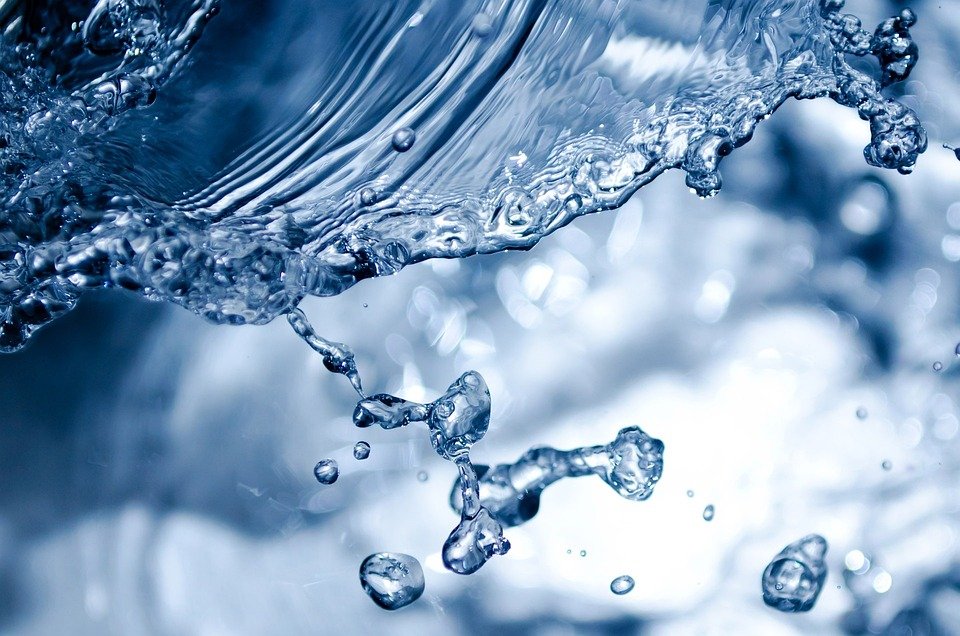Waterborne Diseases: Understanding the Risks and Preventive Measures
Water is essential for life, but it can also be a source of various diseases if contaminated. Waterborne diseases are caused by the ingestion of water that contains harmful microorganisms or chemicals. These diseases can lead to severe health issues and even death if not treated properly. Understanding the risks associated with waterborne diseases and taking preventive measures is crucial for maintaining good health and well-being. In this article, we will explore the common waterborne diseases, their causes, symptoms, and preventive measures.
Common Waterborne Diseases:
1. Cholera: Cholera is caused by the bacterium Vibrio cholerae. It is characterized by severe diarrhea, vomiting, and dehydration. Cholera can spread rapidly in areas with poor sanitation and contaminated water sources.
2. Typhoid: Typhoid fever is caused by the bacterium Salmonella typhi. It is transmitted through the ingestion of food or water contaminated with feces from an infected person. Symptoms include high fever, weakness, abdominal pain, and headache.
3. Dysentery: Dysentery is an inflammatory disease of the intestine, mainly caused by the bacteria Shigella or Entamoeba histolytica. It results in severe diarrhea with blood and mucus, abdominal pain, and fever.
4. Hepatitis A: Hepatitis A is a viral infection that affects the liver. It is transmitted through the ingestion of food or water contaminated with the feces of an infected person. Symptoms include fatigue, jaundice, abdominal pain, and loss of appetite.
5. Cryptosporidiosis: Cryptosporidiosis is caused by the parasite Cryptosporidium. It is commonly found in contaminated water sources such as rivers and lakes. Symptoms include diarrhea, stomach cramps, nausea, and vomiting.
Preventive Measures:
1. Safe Water Sources: Use safe and clean water sources for drinking and cooking. Boiling water or using water purifiers can effectively kill harmful microorganisms.
2. Sanitation: Proper sanitation practices, such as the use of toilets and handwashing with soap, are essential to prevent the contamination of water sources.
3. Water Treatment: Implement water treatment methods, such as chlorination or filtration, to remove or kill harmful microorganisms.
4. Personal Hygiene: Practice good personal hygiene, including regular handwashing with soap, to prevent the spread of waterborne diseases.
5. Food Safety: Ensure the proper washing and cooking of food to prevent the ingestion of contaminated water or food.
6. Vaccinations: Some waterborne diseases, such as typhoid and hepatitis A, can be prevented through vaccinations. Consult with a healthcare professional for appropriate immunizations.
FAQs:
Q: How can I know if the water is contaminated?
A: Water contamination is not always visible, so it’s important to rely on proper water testing methods. Local health departments or private laboratories can test the water for harmful bacteria, parasites, and chemicals.
Q: Can waterborne diseases be treated?
A: Yes, most waterborne diseases can be treated with appropriate medications and supportive care. However, early diagnosis and treatment are crucial to prevent complications.
Q: Are waterborne diseases only a concern in developing countries?
A: While waterborne diseases are more prevalent in areas with poor sanitation and limited access to clean water, they can occur in any part of the world. Contamination can happen due to various factors, including natural disasters, sewage leaks, or inadequate water treatment.
Q: Is bottled water always safe to drink?
A: Bottled water is generally considered safe, but it’s essential to ensure that the water source is reliable and the bottle is properly sealed. In some cases, bottled water may be sourced from the same contaminated water supply as tap water.
In conclusion, waterborne diseases pose a significant risk to public health. Understanding the common diseases, their causes, symptoms, and preventive measures is vital for protecting ourselves and our communities. By implementing proper sanitation practices, using safe water sources, and promoting personal hygiene, we can minimize the risks of waterborne diseases and ensure a healthier future for all.


